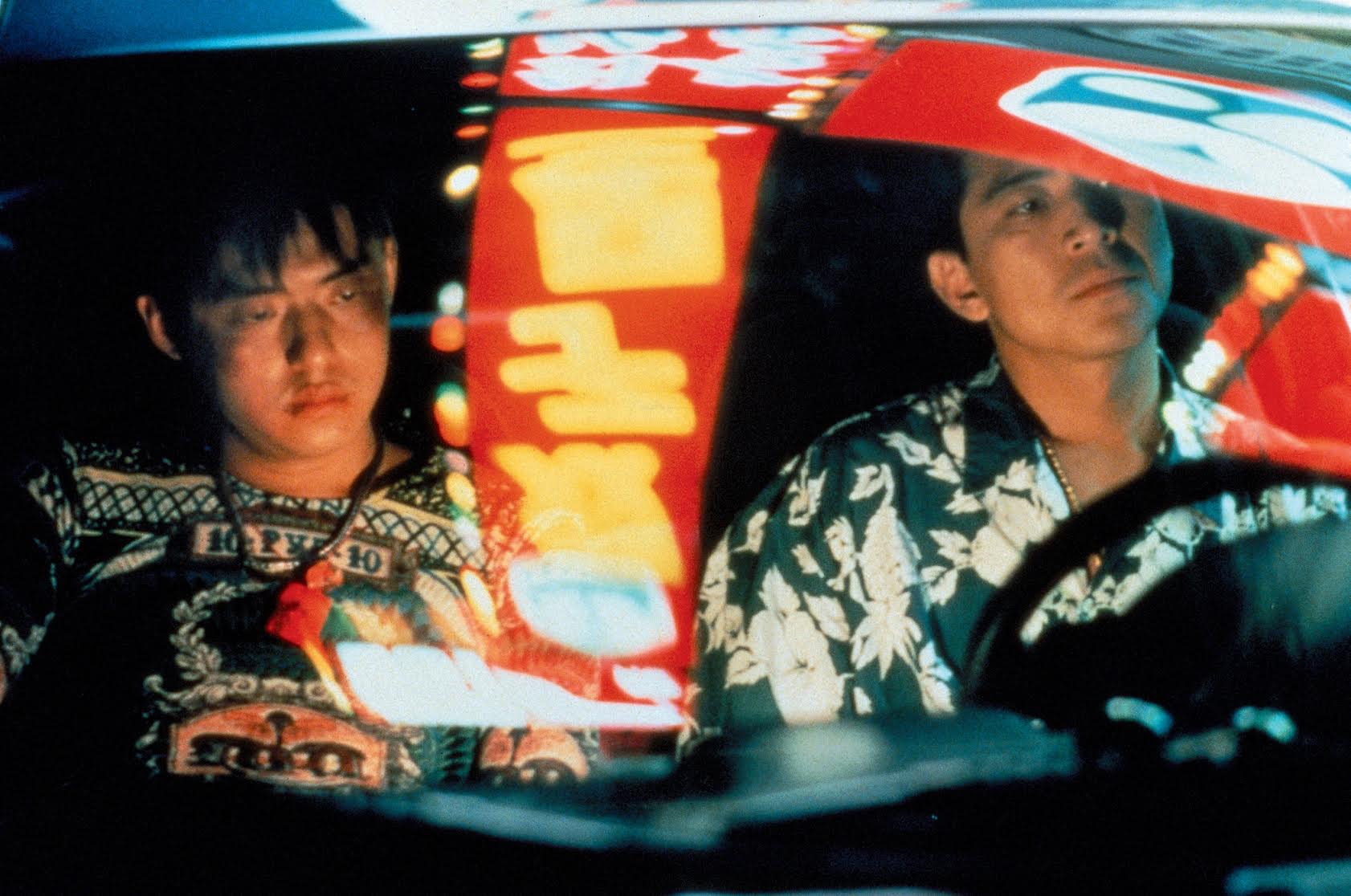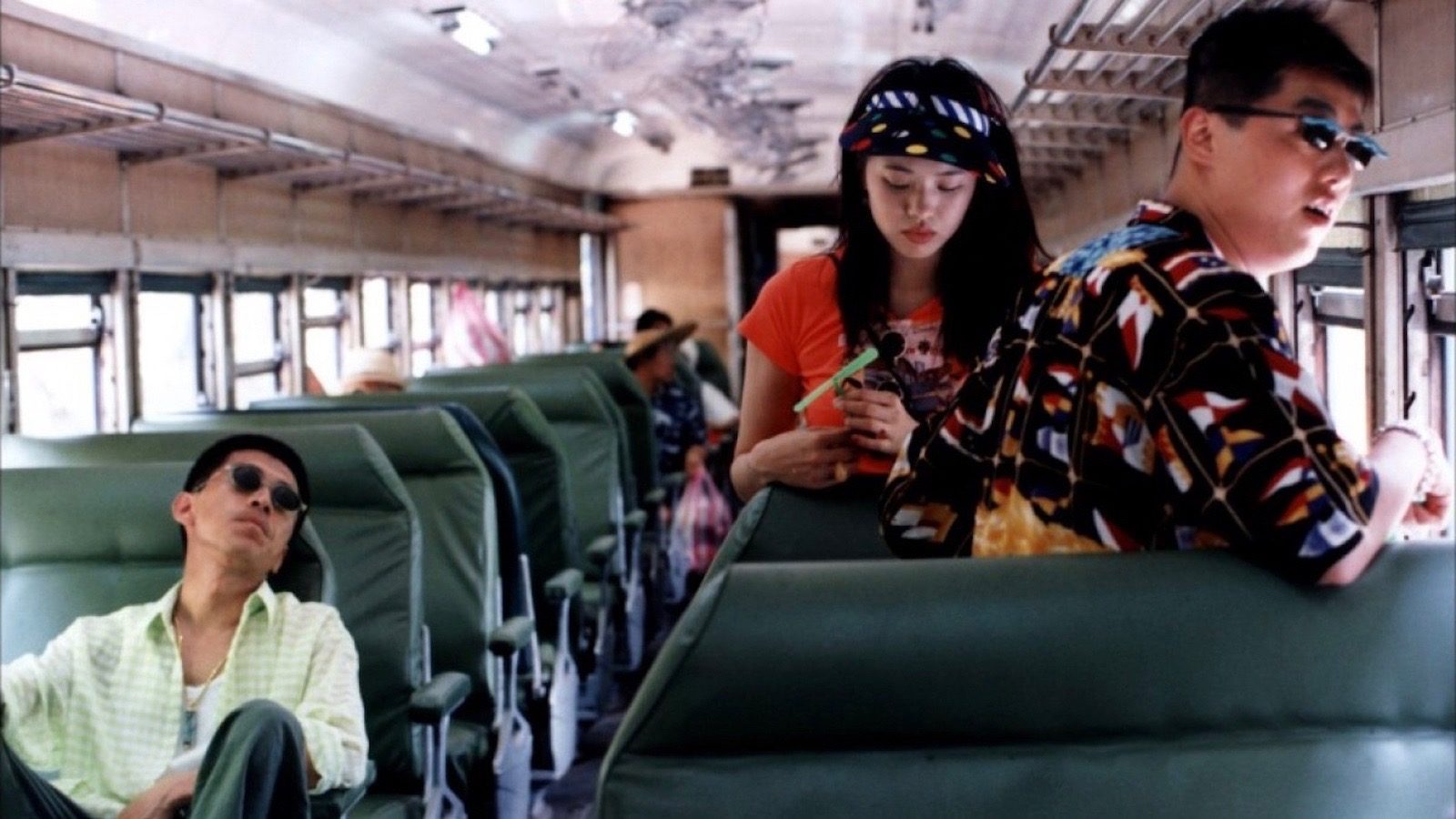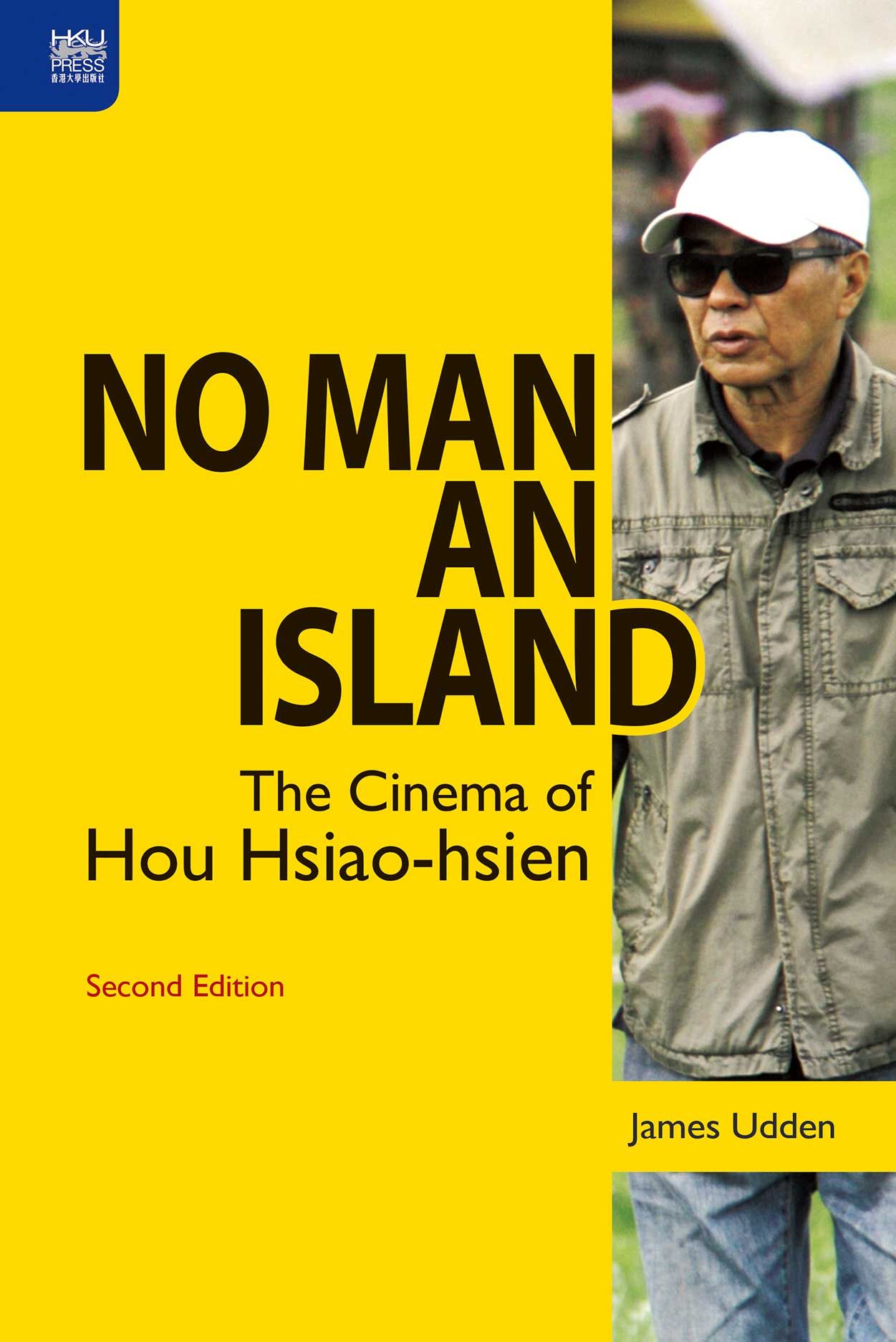
Have you ever found yourself pondering the intricate ways in which a filmmaker can encapsulate the very essence of a culture and its rich history? This is precisely the remarkable achievement of the acclaimed director, Hou Hsiao-hsien. Born on April 8, 1947, in Meixian, located in Guangdong province, China, Hou has emerged as a prominent figure in Taiwanese cinema. His films serve as a profound exploration of Taiwan’s complex history and the intricacies of family life, weaving together personal narratives with broader societal themes. Through his unique storytelling techniques and visual artistry, Hou invites audiences to immerse themselves in the cultural tapestry of Taiwan. Join us as we delve deeper into the captivating world of this cinematic genius and uncover the layers of meaning embedded in his remarkable body of work!
Early Life: From China to Taiwan

A Journey of Escape
The story of Hou begins in the tumultuous backdrop of mainland China, where his family made a daring escape during the chaotic years of the Chinese Civil War from 1945 to 1949. Seeking safety and a new beginning, they relocated to Taiwan, a pivotal decision that would profoundly influence Hou’s sense of self and his artistic vision. Growing up in Taiwan, he was immersed in a rich tapestry of cultural shifts and historical events, all of which would later serve as vital sources of inspiration for his films. The experiences of displacement and adaptation shaped his worldview and creative expression, allowing him to explore themes of identity, memory, and belonging in his work.
Education and Military Service
After fulfilling his mandatory military service, which instilled in him a sense of discipline and resilience, Hou decided to pursue his true passion for filmmaking. He enrolled at the prestigious National Taiwan Arts Academy, where he honed his skills and developed his unique artistic voice. Graduating in 1972, he initially took on a job as a salesman to make ends meet, but his heart remained firmly rooted in the world of cinema. It was during this time that he began to lay the groundwork for his future career, gradually making his mark in the film industry and establishing himself as a significant figure in Taiwanese cinema.
Breaking into Film: The Early Years

Debut as a Director
In 1980, the talented filmmaker Hou Hsiao-hsien made his directorial debut with the film “Cute Girl.” This melodrama, while a departure from the distinctive style he would later become known for, marked the beginning of an extraordinary journey in the world of cinema. “Cute Girl” introduced audiences to Hou’s storytelling abilities and set the stage for his future explorations of complex themes and human emotions. This initial foray into directing was not just a standalone project; it was the first step in a career that would ultimately redefine the landscape of Taiwanese cinema and influence filmmakers around the globe.
Finding His Aesthetic
Hou’s segment in the anthology film “The Sandwich Man”, released in 1983, served as a pivotal moment in his artistic evolution. In this work, he began to unveil the first glimpses of his unique cinematic style, characterized by deliberate pacing and impressionistic visuals. Through this segment, Hou started to carve out a niche for himself that emphasized the beauty of realism and the intricacies of everyday life. His ability to capture the subtleties of human experience and the environment around us laid the groundwork for his future masterpieces, establishing him as a significant figure in the realm of art-house cinema.
Signature Style: The Art of Storytelling

### Realism and Pacing
What distinguishes Hou Hsiao-hsien from other filmmakers in the industry is his remarkable ability to evoke a profound sense of realism through his deliberate pacing and the use of expansive master shots. In his films, characters often engage in seemingly mundane, wordless actions that convey deep emotional and situational truths. This approach creates an experience akin to watching life unfold in slow motion, allowing audiences to fully immerse themselves in each moment and appreciate the subtleties of human experience. By focusing on the ordinary, Hou invites viewers to reflect on the complexities of life and the nuances that often go unnoticed.
### Exploring Taiwanese History
In addition to his unique storytelling style, Hou’s films frequently explore the intricate and multifaceted history of Taiwan. Works such as “Dust in the Wind” (1986) and “A City of Sadness” (1989) serve as poignant reflections on the struggles and resilience of the Taiwanese people throughout various historical challenges. “A City of Sadness,” in particular, addresses the sensitive topic of the February 28 Incident, a significant historical event that had long been shrouded in silence and taboo. Through his cinematic lens, Hou not only narrates personal stories but also weaves in the broader historical context that shapes the lives of his characters.
#### A City of Sadness: A Groundbreaking Film
With “A City of Sadness,” Hou Hsiao-hsien made a groundbreaking move by becoming the first filmmaker to confront the February 28 massacre directly, thereby illuminating a dark and painful chapter in Taiwanese history. This film not only garnered critical acclaim for its artistic merit but also played a crucial role in initiating conversations about Taiwan’s past, encouraging a collective reckoning with historical traumas. By addressing such a sensitive subject, Hou opened the floodgates for further exploration of Taiwan’s complex identity and history, paving the way for future filmmakers to engage with these important narratives.
International Recognition

Bridging Cultures
Despite his success in Taiwan, Hou remained relatively unknown in the West until the release of “Le Voyage du ballon rouge” (2007). Set in Paris, this film tells the story of a Chinese student caring for a single mother’s son, using a red balloon as a metaphor for isolation and drifting through life.
Critical Acclaim
Hou’s unique storytelling style and ability to evoke emotion earned him the prestigious Best Director Award at the Cannes Film Festival for “The Assassin” (2015). This recognition solidified his status as a master filmmaker on the global stage.
Hou Hsiao-hsien’s Filmography

| Film Title | Year | Genre | Notable Achievements |
|---|---|---|---|
| Cute Girl | 1980 | Melodrama | Directorial Debut |
| The Sandwich Man | 1983 | Anthology | First Signs of Unique Style |
| A Time to Live, a Time to Die | 1985 | Drama | Semiautobiographical |
| Dust in the Wind | 1986 | Drama | Critical Acclaim |
| A City of Sadness | 1989 | Historical Drama | First Film on February 28 Incident |
| Le Voyage du ballon rouge | 2007 | Drama | International Recognition |
| The Assassin | 2015 | Action/Drama | Best Director at Cannes |
The Legacy of Hou Hsiao-hsien

Influencing Future Generations
Hou Hsiao-hsien’s impact on cinema is undeniable. His films have inspired countless filmmakers around the world, encouraging them to explore their cultural identities and histories. His unique approach to storytelling reminds us that every frame can tell a story, and every moment is worth capturing.
Continuing the Conversation
As we reflect on Hou’s contributions to cinema, it’s essential to continue the conversation about the importance of cultural representation in film. His work encourages us to look beyond the surface and understand the deeper narratives that shape our world.

In a world where films often prioritize spectacle over substance, Hou Hsiao-hsien stands out as a beacon of authenticity. His films invite us to slow down, observe, and appreciate the beauty in the mundane. So, the next time you watch one of his films, take a moment to reflect on the stories being told and the history being shared. After all, in the hands of a master like Hou, every frame is a window into the soul of a culture.

